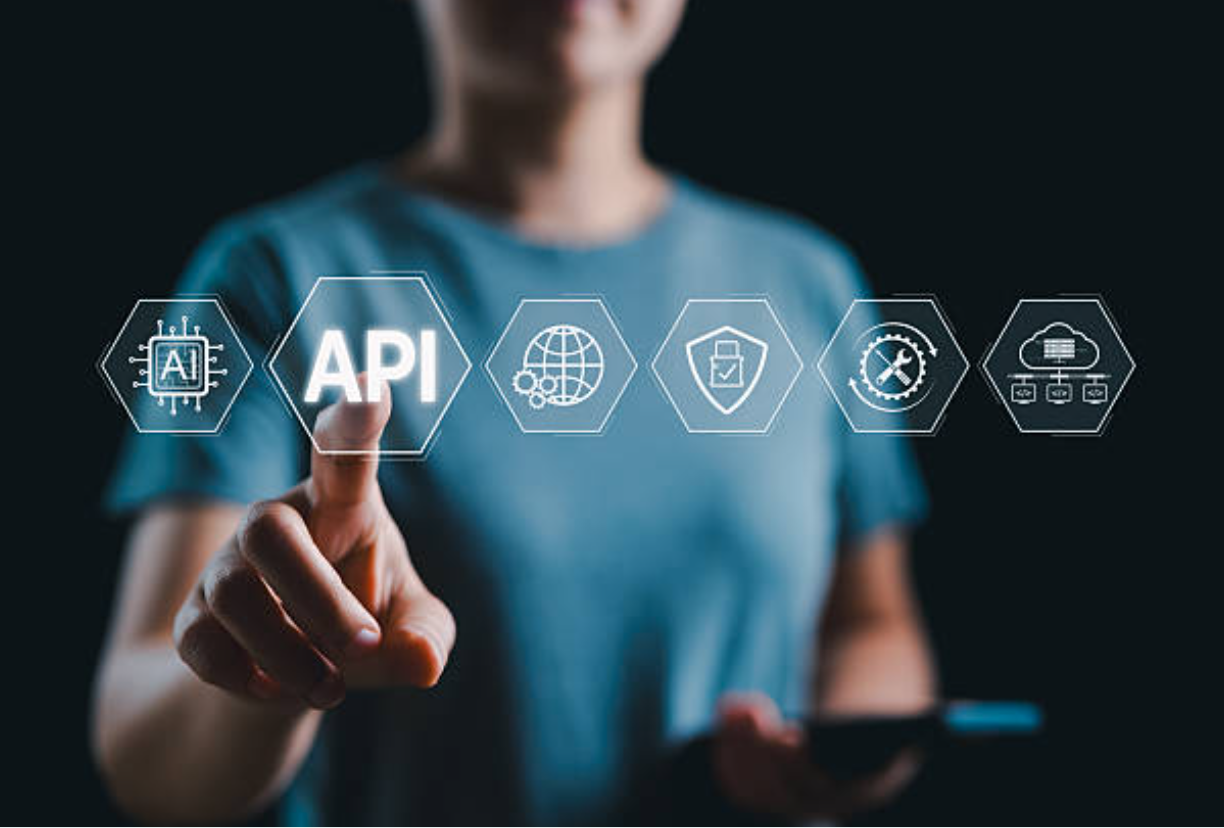
SaaS – Four Powerful Letters!
If you ever met someone from IT community or tech industry in past years, you’ve probably must have heard about SaaS. But, what does it really mean? How can SaaS influence your way of collaborating, or even improve your company’s efficiency and value?
Software as it used to be
If you took a deeper look into how companies used to manage software, you would most likely see the same picture: Business software was installed on individual computers and admin was a person with the big “A”. He had the ownership of maintaining or updating tools and thus played a key role within company’s day-to-day operation. Employees usually had limited access to cloud-based platforms, what significantly reduces their possibilities to collaborate, cooperate or share information among all departments on a continuous basis.
Cloud-computing
But what happens when you incorporate cloud computing into your business? The cloud, with its basic definition, is a data storage available over the Internet. Cloud computing is not a traditional web hosting, because the services are:
- Sold on demand upon a customer’s choice;
- Completely managed by the services provider;
- Public or private, where public cloud offers (and sells) services to anyone, while private cloud delivers services only to a limited number of users.
- Cloud computing consists of three main categories: SaaS (Software as a Service), IaaS (Infrastructure as a Service) and finally PaaS (Platform as a Service).
SaaS basics
SaaS, Software as a Service, delivers centrally hosted applications (or software) over the Internet as a service. This allows users to connect to and use cloud-based apps over the Internet. In practice, with software as a service you don’t need to install software on your computer, but the only thing you should have, is device with an access to the Internet. Have you ever used Gmail, Outlook or any other email or calendaring apps? It means, that you have experienced SaaS from personal point of view, free of charge. SaaS designed for organizations are more sophisticated business solutions (CRM, ERP, HRM etc.), where you pay for using apps on subscription basis or according to the level of use.
SaaS key essentials
SaaS applications are today used by employees within the entire organization – from IT, cross financial and marketing departments, to HR or C-level executives. What are the main advantages, you will get for your business with SaaS?
- Cloud-based applications – you don’t need to install and run applications on your own computers; cloud-based work space gives you sophisticated solutions and helps you to significantly reduce expenses of both hardware (buy, maintain), and software sides (licenses, installation, additional support); you’re not forced to make additional plug-in installations and all updates are upon provider.
- Bills upon usage – you pay only for apps, you really use (scalable usage); it really saves your money and time, and allows you to work with more predictable budgets and financial flows;Automate workflow, reporting and data management – you will be able to get rid-off manual tasks and switch to automation – this may help you mainly during on- and off-boarding processes; SaaS supports collaboration and connectivity within all of your company’s departments, and therefore you will be able to gain more accurate data for reporting and analytics.
- Strengthen security – thanks to SaaS data security, you don’t have to be afraid, what happen with your data, if your computer or device break down; cloud has a strong data back-up, even if your in-house data-flow fails.
- Access-friendly system – it is a matter of the fact, if your company’s data are stored in the cloud, you can access them from any Internet-connected device and location.
Facing SaaS challenges
When you enter the new era of SaaS, you will get numerous and significant advantages, no matter if you are provider, or user. However, SaaS has few shortcomings and limitations too. What are the main challenges, you may face?
- SaaS Data security and confidence – the possibility to work independently on time or place, gives you a real feeling of freedom, and applies the same for your data; but as these are stored online by third party servers, it means high risk of sensitivity; if you store data in-house, you have better control than providers.
- Connectivity and speed of delivery – high speed Internet and connectivity at all are a “mast have” for SaaS; there are still many places all over the world, where this kind of infrastructure is poor or unreliable; no Internet connection means no data access, even in well-structured environment.
- Powerful vendors – you have to be very careful, while choosing SaaS provider, because vendor operates with your sensitive and valuable data; if a vendor goes out of business, your data are out of the game too;
- Unpredictable costs – there might occur a lack of predictability of costs in SaaS implementation, mainly in relation to post-sales support and maintenance services.
- Compatibility and competitiveness – there are still many applications without SaaS versions; to the same extent, some in-house applications might have more advance features, then the SaaS ones.
Ready to start saving?
Viio is the modern way for finance teams to optimize their software spending.
Talk to a specialist

Oliver Quittek
CRO
.jpg)

.jpg)

